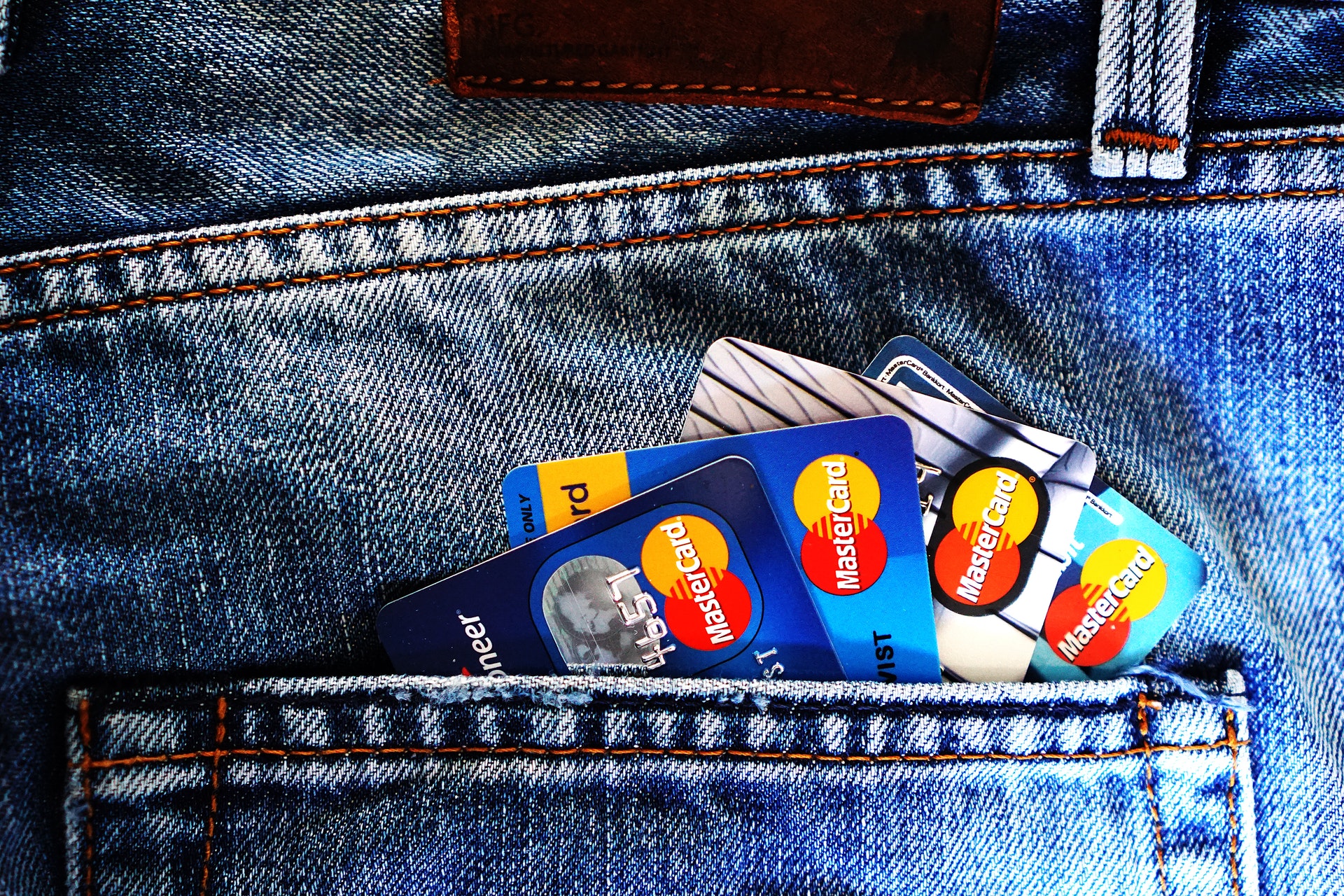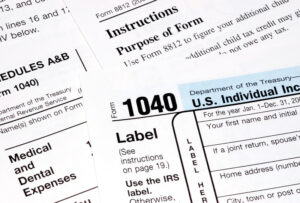When you’re applying for a loan, credit card, or mortgage, one of the first things your lender will check is your FICO credit score. This three-digit score is a factor in almost all types of financial considerations. It can mean the difference between a low-interest payment and a payment that’s far beyond your budget or, in the worst-case scenario, non-approval.
It’s important to understand the factors that make up your credit score so that you can make sure that you are in good standing when you need to borrow money. Here are all of the elements that make up your score and how they factor into the total.
The Components of Your Credit Score
Your credit score is divided into five different factors that are weighted by the impact that they have on your creditworthiness:
- Payment history (35%)
- Debt currently owed (30%)
- Debt history (15%)
- Types of credit (10%)
- Recent searches for FICO scores (10%)
Each of these five elements works together to provide a complete picture of your repayment risk and creditworthiness to lenders.
Payment History
Payment history and your current debt make up the bulk of the score. Late payments are usually marked as 30, 60, and 90-days late, and each category has a more powerful negative effect on your score. Even small payments that are very late can cause immense damage. To lenders, non-payment or late payments, regardless of why they were late, may indicate that an individual takes too many risks with their credit.
Accounts Owed
The second-largest factor is how much existing debt you owe. Ideally, your debt owed will be minimal and spread across only a few credit lines. Car loans and mortgages are secured, meaning they each have an object of value that can be used to satisfy the loan if you default, and are less risky types of debt. High credit scores indicate a reasonable amount of debt and a low debt-to-income ratio. Payment history on accounts owed factor into this.
Debt History and Debt Type
A long history of on-time repayment boosts your credit score. The ages of your oldest and newest accounts are added to the average age of your accounts to establish a credit history. The amount of time it’s been since you’ve last used each account is also taken into consideration.
Debt type focuses on your mix of credit types. You should have a combination of unsecured credit cards, installment loans, retail accounts, and secured credit types, but you don’t have to have one of each. FICO looks at how you manage payments for different kinds of loans.
New Credit Inquiries
This category reviews how many times your credit report was requested to open new lines of credit. Only certain requests are factored in. For instance, small inquiries have a very low influence on your score, allowing for “rate shopping” to find the lowest interest rate. However, following through with a credit line will lower your average credit age, as will opening several accounts in a short period. If you’re re-establishing credit, opening and quickly paying off loans can build FICO scores.
Increasing your credit score is a slow but worthwhile process, and uncovering how your FICO score is determined is the first step toward your future financial health. For more tips on how to improve your credit score, get in touch with the loan professionals here at Western Shamrock. We’ll help you find the problems in your credit history so you can get started on your path toward a better score today.








